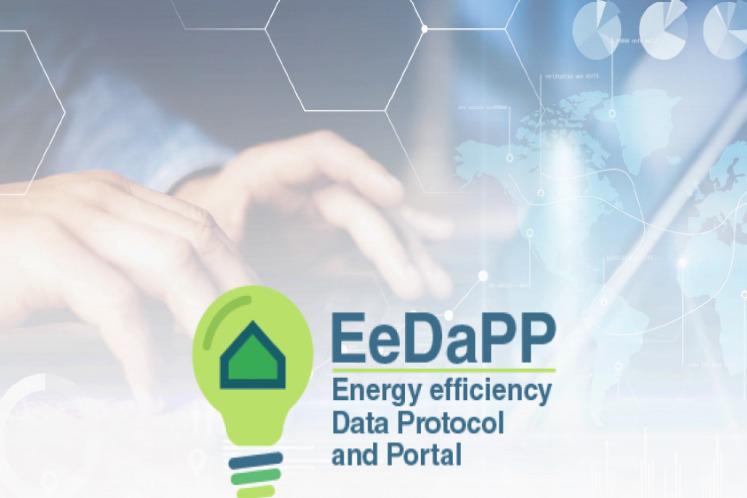Final report on correlation analysis between energy efficiency and risk (D5.7)

In the last decade, energy efficiency (EE) has been considered as one of the major tools for addressing climate change, as it allows to reduce energy consumption (depending mainly from imported fossil fuels) and, therefore, also greenhouse gas (GHG) emissions.
For this precise reason, and given the growing environmental concern among society, EE has been integrated first in the EU 2020 goals and hereafter in the EU 2030 goals, both defining specific targets in terms of CO2 emissions, renewable energy use in power generation, and EE.
More specifically, EE in the building sector presents not only the advantage to reduce the EU’s final energy consumption (according to BPIE (2015), buildings were responsible for almost 40% of the EU energy bill), but also the benefit to improve living and health conditions. Furthermore, investments in EE are believed to lead to: i) an increased valuation of real estate; ii) a decreased solvency risk for owners; iii) a reduced lending risk for banks and financial institutions. Moreover, in the COVID and post-COVID era, EE mortgage assets (EEMA) can be seen as a complementary tool for the sustainability transition1, triggering a considerable growth capacity and focusing precisely on buildings, without causing an additional burden for governmental and EU expenditures and with possible implementation across the European Community.
Concerning the beneficial effects of EE investments, several studies have been presented within both the EeMAP and EeDaPP projects (EeMAP project: correlation analyses for the Netherlands, Belgium, Italy, Germany, UK and literature analysis for the US; EeDaPP project: correlation analysis for Italy, portfolio analyses for Belgium and Portugal, and literature analysis for the US, EU, Japan, China and the rest of the world). As referred, a large majority tends to conclude on the positive effect of EE on real estate value and owners’ solvency.
Nevertheless, most of the studies concentrating on the European market have faced several data availability issues. Namely, for the current deliverable, difficulties have been met due to the recent and not compulsory character of EE investments, but also to the heterogeneity among EU EE labels, and GDPR requirements. In order to respect the latter, CRIF and University Ca’ Foscari of Venice have developed a specific documentation for their collaboration with pilot banks, in order to fulfil all the confidentiality prerequisites.
The econometric evaluation provided in this report focuses on the specific case of Italy. According to the associated portfolio analysis, the percentage of more energy efficient mortgages has been increasing within the last decade, while less efficient properties are predominantly affected by a default. Indeed, in terms of EPC ratings, the larger share of the Italian mortgage market seems to concentrate on categories beyond the C rating level, which are also the most concerned by defaults. Within the considered sample, the largest share of mortgages is located in the regions of Lombardy and Emilia Romagna, and the regions of Abruzzo, Umbria, Veneto, Molise are those encompassing the largest shares of EE loans. The regions of Abruzzo, Sicilia, and Umbria present the highest degrees of non-EE defaults, while Calabria and Friuli Venezia Giulia have the highest degrees of EE defaults.
For the econometric evaluations, two major methodologies are applied: the Logit model and the Cox model. Both estimations highlight a negative correlation between EE and the owners’ probability of default (PD), thus confirming that EE investments tend to improve owners'/borrowers’ solvency. Additionally, the results indicate that the degree of energy efficiency also matters, i.e., more energy efficient buildings are associated with relatively lower risk of default. Once again, these findings highlight the role of energy efficiency in reducing the default probability of a borrower.
News published on Build Up Publications
Consult the source



